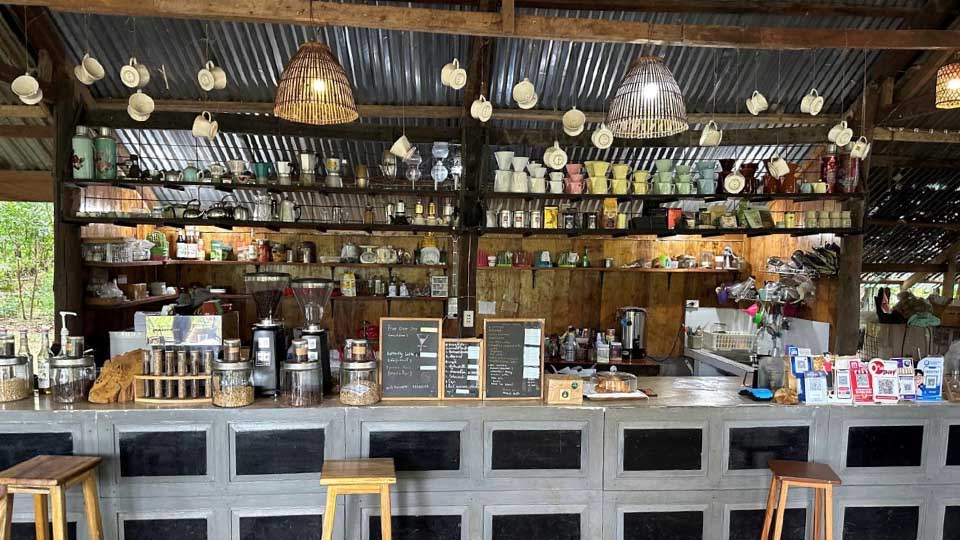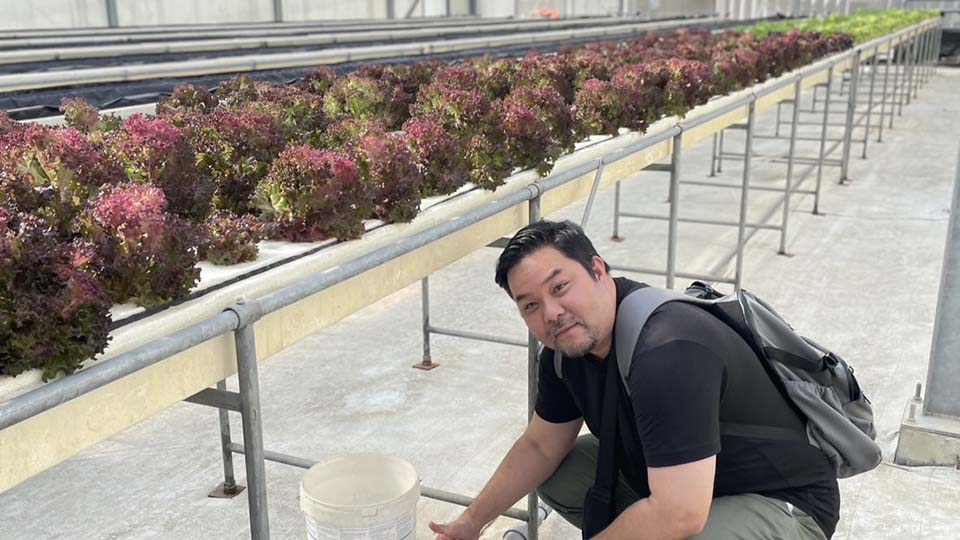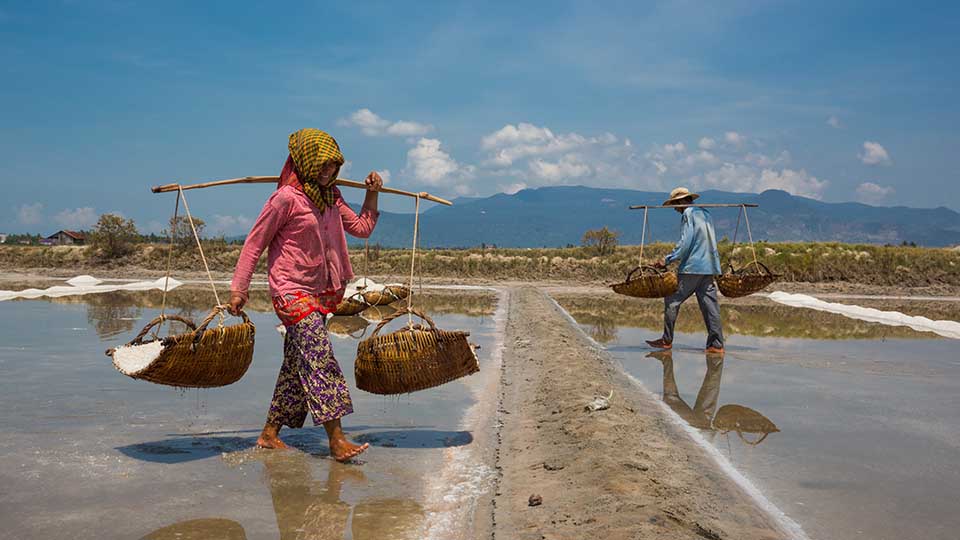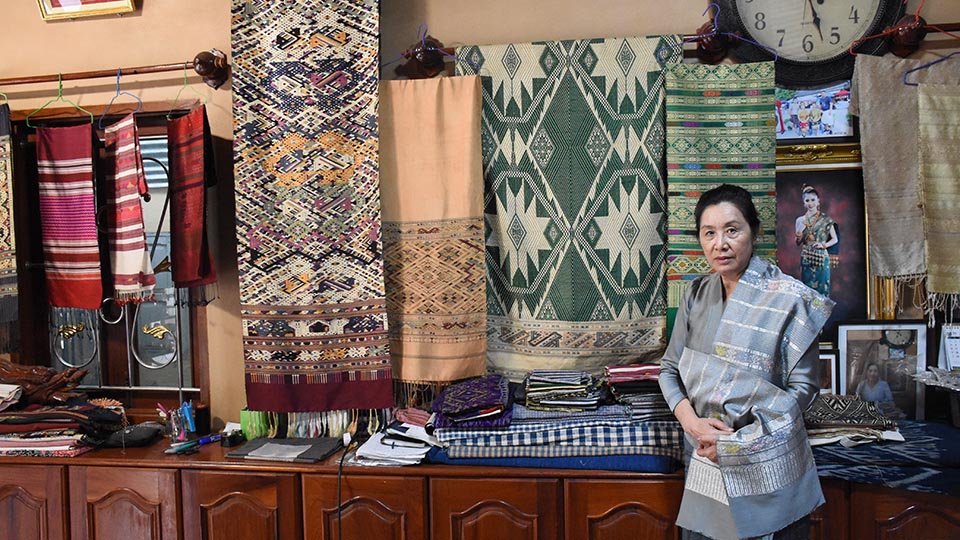Traditional Knowledge Brings Uniqueness to Geographical Indications in Thailand
Nakhon Ratchasima, also known as Khorat, some 260 kilometers from Bangkok, is Thailand’s largest northeastern province. It is also home to several geographical indications, including the “Dan Kwian Pottery” and “Pak Thong Chai Thai Silk”.


The Department of Intellectual Property of Thailand (DIP) organized a Regional Forum on Strengthening Brands, Designs, and Geographical Indications from 28 Nov-2 Dec 2022, in collaboration with WIPO. Participants were invited to discover some of the numerous Thai geographical indications producers, in particular silk weavers and designers from the Pak Thong Chai District, and the potters of Chok Chai District, both in Nakhon Ratchasima.
Pak Thong Chai Silk – Traditional Thai Silk Weaving
“Pak Thong Chai Thai Silk” is a GI identifying a fabric woven with two heddles loom (excluding industrial loom). It is made from warp yarn and weft yarn produced in Thailand. The width of the silk must be wider than 40 inches. The production process including the traditional silk weaving method that has been passed down from generation to generation and the use of natural colors or synthetic colors that do not affect the environment both exclusively from Thailand guarantees tight, shiny, fadeless, and flawless fabric. Sakchai Boonyanusith is a silk weaver. His business, Taew Thai Silk, was created 70 years ago by his grandparents. What started as a small weaving workshop with several weavers turned into a successful and growingly famous 150-employee industry under Sakchai’s parents’ management.


The business became well known for its production of high-quality handwoven patternless silk, selling to Jim Thompson, one of the largest luxury brands in Thailand, and several resellers.
Hit by competition and economic factors, the company had to downsize and Sakchai now heads a much smaller team of 20 weavers. He kept the original production and introduced patterned silk. The silk is woven on demand and customers pre-order online.
The geographical indication helped the business and improved the trust of customers, according to Sakchai, as GI standards guarantee customers the highest quality thanks to the strict following of the GI production process, which is controlled and inspected, and documented traceability requirements.
Traditional Knowledge and Local Clay for Dan Kwian Pottery
“Dan Kwian Pottery” is a GI identifying unglazed pottery that is fired at very high temperatures. This method which allows ashes to melt gives the “Dan Kwian Pottery” the unique glossy natural color of the soil and makes it waterproof and resistant. The production process of “Dan Kwian Pottery” includes firing pottery, using wood in a masonry furnace brought to extreme heat, and letting the pottery stand in it for four to five days. This process has been passed down from villagers from the GI geographical area: Dan Kwian, Tha Ja Lung, Tha Ang, and La Lom Mai Pattana sub-districts of Choik Chai district Nakhon Ratchasima Province.
The clay soil and sandy clay used to produce “Dan Kwian pottery” must come from the area of Chokchai District, Nakhon Ratchasima Province. The fine-grained clay contains a high level of iron and other minerals, making it resistant to high-temperature firing. Mien Sinataleq is a potter and the leader of Dan Chai village. He is the fourth generation of potters. “I was born in the pottery culture,” he said, mentioning that he made his first pottery item, a clay pot, in primary school.


He enjoys talking about his craft, explaining that his clay includes two ingredients, the first is the sandy soil found on the bank of the swamp, and the second is the clay he digs out from underneath the rice fields on both sides of the Moon River. He mixes one part sandy soil, and two parts clay. He creates his pottery in his home-based workshop with his three sons, whom he said work seven days a week, they make garden decorations, and home design objects, such as owl lamps. Part of his production is plain orange clay, and the other part is “Dan Kwian Pottery”.
The Covid-19 crisis dealt a major blow to the trade as tourists, a substantial part of his customer base, disappeared for two years. Mien also sells his products to local customers. He noted, however, that tourists are now slowly starting to come back.
While recognizing the GI advantages in terms of building customers’ trust, Mien shared his needs for marketing, packaging, and product designs to make the most of the GI registration and start increasing sales and exporting.



